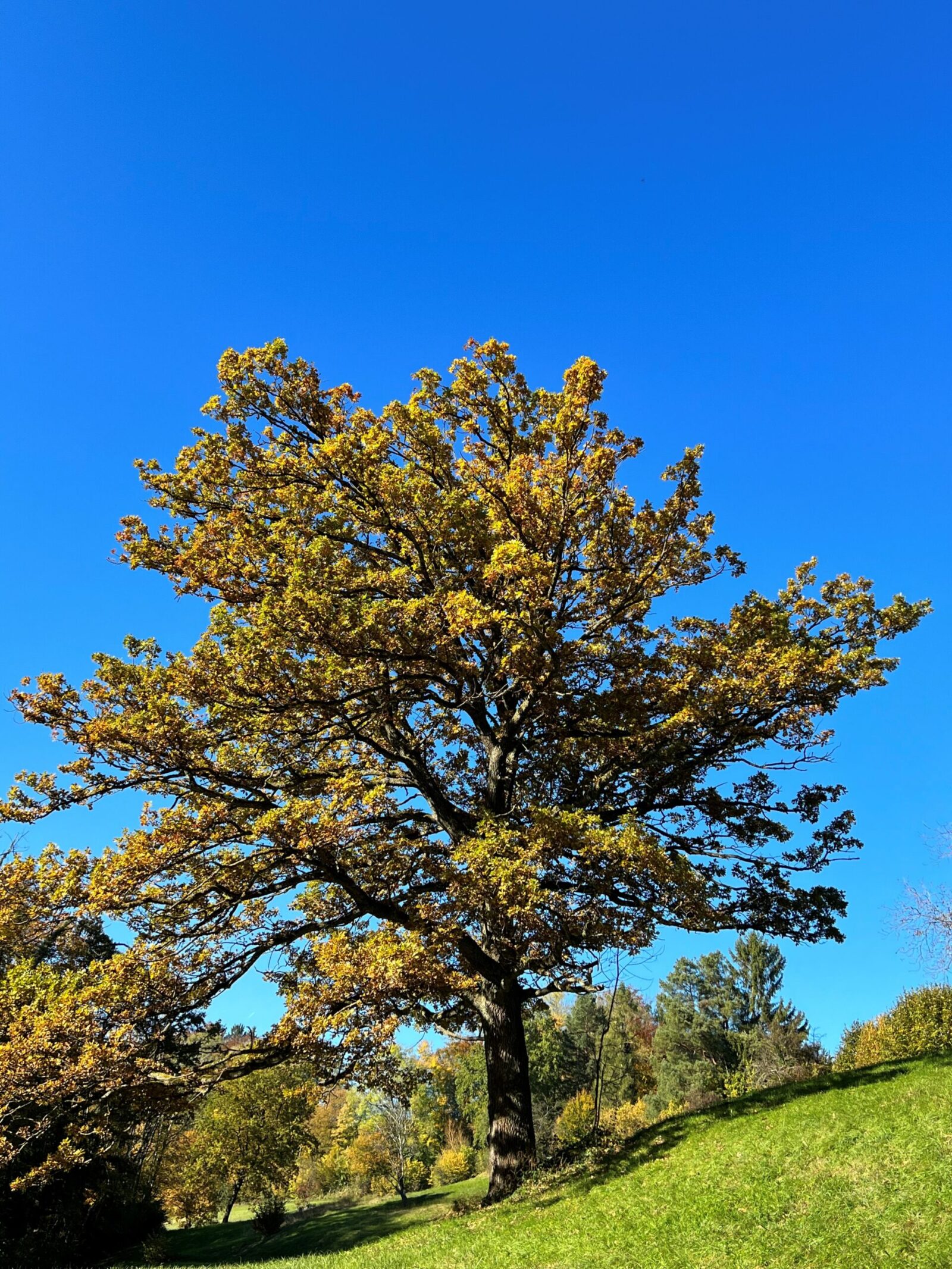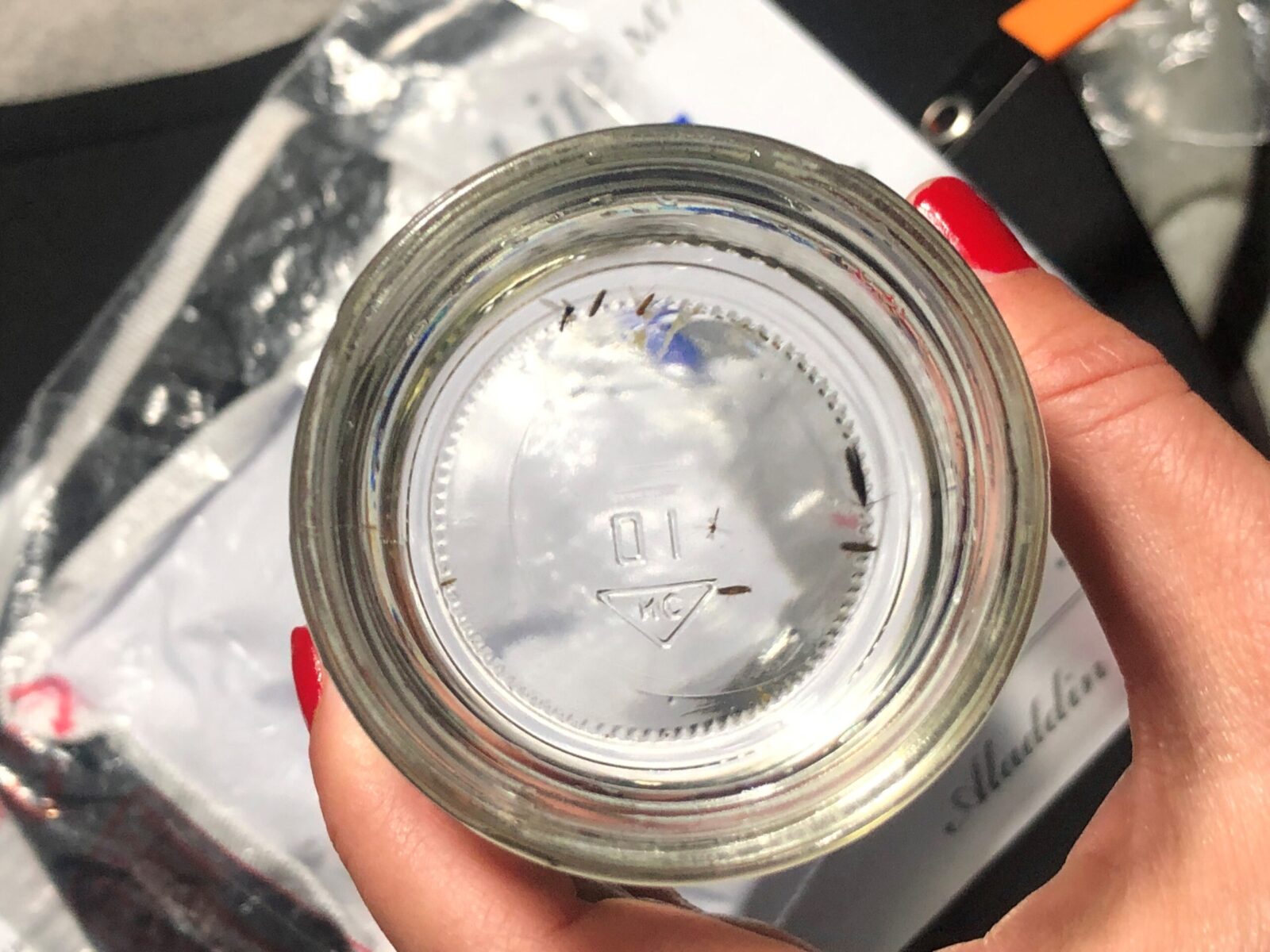Do animals declared dead live longer?
On the trail of aquatic insects thought to be extinct
The evening is fresh, the sun has already set, and only the illuminated clouds high above cast some light on the giant trees, boulders and sheep pastures along the stream. The group’s destination is a wet hillside meadow full of horsetail and sedges.

In 1888, Friedrich Ris found a previously unknown species of caddisfly here and named it Microptila minutissima 1 . Ris was studying medicine at the University of Zurich at the time and carried out entomological research in his spare time. By the time of his death in 1931, he had earned a reputation as an eminent expert on aquatic insect fauna 2 .
The wet meadow in the Wehrenbach ravine is therefore terra typica, i.e. where the specimen that served as a model for the scientific description of this caddisfly originated (Figure 2). Even today hardly anything is known about the species, since no further specimens of Microptila minutissima were found in Switzerland after 1888. Occurrences have been reported in Bavaria, Italy, Greece, Albania and Bulgaria, but extremely rarely. It was not until 2004 that larval stages were discovered in Bavaria, and the way of life of these mysterious creatures could finally be studied: The young caddisflies prefer to stay in spring floodplains, i.e. in reed areas that are covered with water, where they scrape diatoms from the substrate for their food. As the name “minutissima” suggests, the species is tiny, reaching only a few millimetres in body size in the adult stage. No wonder that it took a long time to discover it.
Arriving at the meadow, the group begins to build the light trap. From a head-high construction of metal pipes, a thin, white plastic gauze falls down to the marshy ground. When the group’s leader, Verena Lubini, switches on the UV lamp inside the structure, violet light shines into the night-time darkness. A little later, gnats and moths buzz around the trap and sit on the bright gauze. When the first smaller caddisflies land, Verena Lubini pulls a catch jar out of her pocket and collects them from the gauze.
Only taxonomic analysis under the microscope the next morning will bring certainty as to whether specimens of Microptila minutissima are included among them. This is the goal of the expedition – to find the rare species again at the original site after more than 130 years, which would be nothing less than sensational!
Critical readers may ask at this point what renewed evidence will bring to science, or even more generally, why an insect just a few millimetres in size and barely widespread deserves our attention. At this point, it should be noted that biodiversity research has dealt with such questions for decades and stimulated a controversial discussion on the relevance of rare species and the value and importance of biodiversity in general. Today, it is generally accepted that rare species can also have a decisive impact on an ecosystem 3 . However, our entomology group has other goals: The wet meadow in the Wehrenbach ravine is home to a variety of rare plants and animal species, but to this day is not protected. Evidence of a species considered extinct would significantly simplify the conservation process.
In Switzerland, water bodies and wetlands are among the most impacted habitats 4 . As a result of intensified land and water management, urbanisation and other man-made influences, wetlands and water bodies have undergone major changes in the last century – with serious losses to biodiversity and landscape diversity. A high percentage of the aquatic fauna is on Switzerland’s Red Lists 5 . In 2013, the Federal Office for the Environment FOEN therefore developed a river typology that allows the state of rivers to be assessed and provides guidance for rehabilitation measures 6 . However, this typology only considers abiotic criteria, not biological criteria, and these would be particularly informative for renaturation measures. Such a typology could thus provide information on which species should naturally occur in an area.
Today’s fauna in Switzerland hardly allows any conclusions to be drawn about the original state of a body of water, as many species have disappeared in the meantime. However, with the help of historical records, it should be possible to reconstruct a reasonably accurate picture of the species communities that once occurred in water bodies. Since 2020, Verena Lubini and Michael Greeff from the Entomological Collection of ETH Zurich have therefore digitised around 20,000 historical specimens of caddisflies, dragonflies and stoneflies from ETH Zurich’s holdings. The project is funded by the Participatory Science Academy 7 . Historical finds date back to the 1860s and provide insight into a largely lost diversity of aquatic insects. But not only that: with some species, Verena Lubini found an amazing pattern. The caddis fly Brachycentrus subnubilus for example, was not uncommon in Switzerland until 1916, but then disappeared completely from the country. In 2011, the first find was reported again, and since then the occurrences have been increasing annually, and not just of a few individual insects, but of entire swarms. Is this species just migrating to Switzerland again? Or have there been hidden populations in Switzerland for all these decades that are now reproducing strongly for unknown reasons? Such questions also drive the small group in the Wehrenbach ravine. Perhaps the caddisfly species Microptila minutissima also had a heyday in Switzerland a few centuries ago and is currently dormant. In this case, the small caddisfly would be an excellent study example to find out how species can survive for such long periods of time unnoticed.
The next morning, in her home laboratory in Witikon, Verena Lubini examines the handful of small caddisflies that flew into her light trap the night before. They are all typical spring species that undoubtedly developed in the slope marsh and did not migrate from the nearby Wehrenbach stream: Ernodes articularis, Wormaldia occipitalis, Beraea pullata and Beraea maurus. The sought-after species, however, is not among them. Not yet. The species actually found are clear indications that the habitat is still intact and should also meet the requirements of the Microptila minutissima. Next year, Verena Lubini wants to visit the meadow in the Wehrenbach ravine as early as May. The vegetation is then even lower, and Verena Lubini hopes that she may be able to find larvae in the moist soil in addition to the flying adult species. She knows all too well that successful conservation is not just about strong legislation and field measures, but is based first and foremost on solid research data. And securing the latter requires a lot of patience and persistence.
Footnotes
- Ris F. (1897): Neuropterologischer Sammelbericht 1894–96. A. Neue schweizerische Hydroptiliden. Mitteilungen der Schweizerischen Entomologischen Gesellschaft, 9(10), pp. 415–423 ↩︎
- Balmer H. (2010): Friedrich Ris. Historical Dictionary of Switzerland (HLS), version dated 16.04.2010. Online: https://hls-dhs-dss.ch/de/articles/032000/2010-04-16, consulted on 15.10.2021 ↩︎
- Hooper DU., Chapin III FS., Ewel JJ., Hector A., Inchausti P., Lavorel S., ... and Wardle DA. (2005): Effects of biodiversity on ecosystem functioning: a consensus of current knowledge. Ecological monographs, 75(1), pp. 3–35. ↩︎
- Federal Office for the Environment FOEN (2019): Liste der National Prioritären Arten und Lebensräume. In der Schweiz zu fördernde prioritäre Arten und Lebensräume. Federal Office for the Environment, Bern. Environment in Practice no. 1709. ↩︎
- Lubini V., Knispel S., Sartori M., Vicentini H. and Wagner A. (2012): Red list mayflies, stoneflies, caddisflies. Threatened species in Switzerland, standing 2010. Federal Office for the Environment, Bern, and Swiss Biological Records Centre, Neuchâtel. Environment in Practice no. 1212. ↩︎
- Schaffner M., Pfaundler M. and Göggel W. (2013): Typology of rivers in Switzerland. A basis for surface water assessment and water development projects. Federal Office for the Environment, Bern. Environmental studies no. 1329. ↩︎
- pwa.uzh.ch ↩︎





